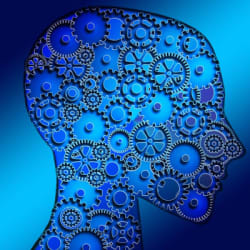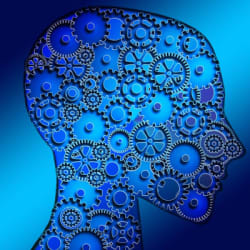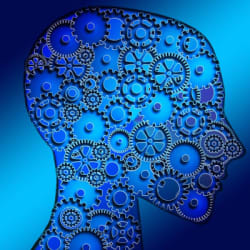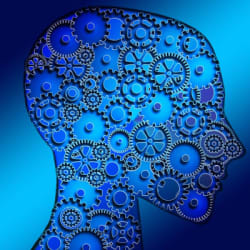Images
Statistical experiment design and analytics are at the heart of data science. In this course you will design statistical experiments and analyze the results using modern methods. You will also explore the common pitfalls in interpreting statistical arguments, especially those associated with big data. Collectively, this course will help you internalize a core set of practical and effective machine learning methods and concepts, and apply them to solve some real world problems. Learning Goals: After completing this course, you will be able to: 1. Design effective experiments and analyze the results 2. Use resampling methods to make clear and bulletproof statistical arguments without invoking esoteric notation 3. Explain and apply a core set of classification methods of increasing complexity (rules, trees, random forests), and associated optimization methods (gradient descent and variants) 4. Explain and apply a set of unsupervised learning concepts and methods 5. Describe the common idioms of large-scale graph analytics, including structural query, traversals and recursive queries, PageRank, and community detection
Similar resources
The UW is one of the world’s preeminent public universities. Our impact on individuals, our region and the world is profound — whether we are launching young people into a boundless future or confronting the grand challenges of our time through undaunted research and scholarship. Ranked No. 7 in the world on the U.S. News & World Report’s Best Global Universities rankings, the UW educates more than 54,000 students annually. We turn ideas into impact and transform lives and our world. For more about our impact, visit our news site, UW News.
So what defines our students, faculty and community members? Above all, it’s our belief in possibility and our unshakable optimism. It’s a connection to others near and far. It’s a hunger that pushes us to tackle challenges and pursue progress. It’s the conviction that together we can create a world of good. Join us on the journey.


Refraction

Business English: Planning & Negotiating

Machine Learning Foundations: A Case Study Approach

Machine Learning: Recommender Systems & Dimensionality Reduction

Machine Learning: Classification














